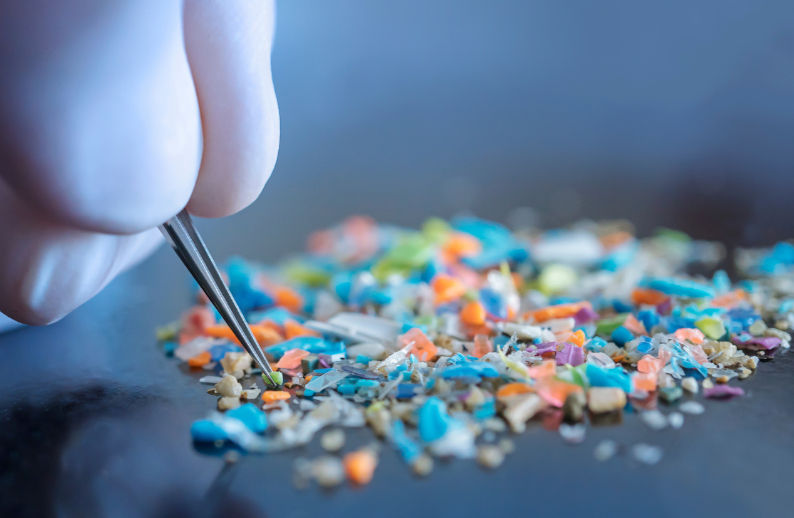Plastics and water, an impossible relationship
- Dennis Ketterman
- Aug 29, 2023
- 2 min read
Plastics are currently the most visible pollution on Earth. They are present in the soil and in practically all riverbeds in inhabited areas and they accumulate in the sea.

Microplastics: the ones that cannot be seen
The presence of plastic in microparticles of less than 5 mm, called microplastics, is estimated as potentially more dangerous to aquatic ecosystems and there is very little information on it. To understand the importance of the problem it is convenient to classify them according to their origin: primary and secondary.
Humans discharge approximately 80% of the world’s wastewater back into the environment, largely untreated, polluting rivers, lakes, and seas. Our health is at risk by the pervasive problem of water pollution. Each year, unsafe water kills more people than all other forms of violence combined.
The primary ones are those that reach water as microparticles. Most of them are generated by domestic and urban activity. Romera pointed at textile fibers from washing cycles as the more numerous ones in this kind of pollution: “They represent 35 % of the microparticles found. We must take into account that one single synthetic fiber garment can release 2,000 microplastics in one wash.” The microparticles resulting from the friction from rubber with asphalt appear in second place, with 28 %; the third position, with 24 %, is for dust from buildings; with 7 %, urban paintings; the painting released by ships represents 7 % of the particles and the remaining 2 % comes from hygienic and cosmetic products. This waste is washed away by sewers and rain and ends up in the sea.
Secondary microplastics derive from the degradation of abandoned plastics in nature. They reach the water after being spilled directly or after staying for some time on the river banks or sea shores. The main degradation agent of plastic is sunlight, which tends to shred it. The Spanish researcher points out notable differences in the speed of degradation depending on the environment: “Plastics degrade more on beaches due to sunlight and the presence of oxygen. In the sea, this process slows down as the temperature decreases and there is less oxygen and sunlight. Plastics practically do not degrade in the depths.”

Click on the link below to read the entire article and then sign up for the Bike and Paddle, Stand Up for Clean Water.




Comments